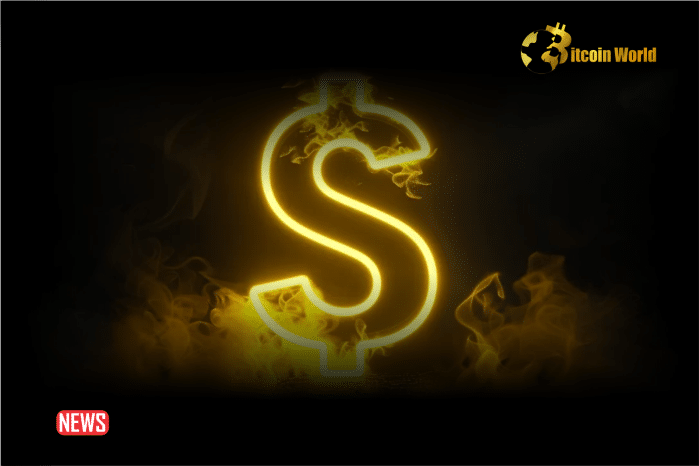Ripple, known for its cross-border payment solutions using XRP, is making a bold move into the stablecoin arena. With the stablecoin market booming, Ripple aims to carve out a significant share with its new USD-backed stablecoin. But can it truly compete with the giants like Tether’s USDT and Circle’s USDC? Let’s dive in!
Ripple’s Stablecoin: What’s the Big Deal?
- Addressing a Growing Market: The stablecoin market is currently valued at over $150 billion and is projected to reach $2.8 trillion by 2028. Ripple sees a huge opportunity here.
- Focus on Trust and Stability: Ripple’s CTO, David Schwartz, emphasizes the demand for stablecoins that offer trust, stability, and utility. This is a direct challenge to existing stablecoins that have faced criticism regarding transparency.
- 100% USD-Backed: Ripple’s stablecoin will be fully backed by US dollar deposits, U.S. Treasuries, and cash equivalents held in U.S. banks. This is meant to ensure its stability and reliability.
Transparency is Key
Unlike some of its competitors, Ripple is prioritizing transparency. The company plans to undergo monthly third-party audits and publish attestations verifying its reserve holdings. This level of transparency aims to instill confidence in users and address concerns about the backing of other stablecoins.
The SEC Lawsuit: An Overhang?
Ripple’s stablecoin launch comes at a crucial time as the company awaits the final resolution of its lawsuit with the SEC. While Ripple has secured some victories, including a ruling that XRP is not a security, it still faces charges related to alleged unregistered sales of XRP to institutions.
How Does This Benefit the XRP Ecosystem?
Launching a stablecoin isn’t just about revenue for Ripple; it’s also about strengthening the XRP ecosystem. The stablecoin will provide an additional liquidity source for Ripple’s On-Demand Liquidity (ODL) product. This is particularly beneficial for banks and payment firms that struggle to find sufficient XRP market depth in certain corridors.
Key Benefits of Ripple’s Stablecoin:
- Enhanced Transparency: Monthly audits and public attestations build trust.
- USD-Backed Reserves: Ensures stability and reliability.
- Ecosystem Growth: Supports Ripple’s ODL product and XRP utility.
- Compliance-Focused: Aims to meet regulatory standards.
Challenges Ahead:
- Competition: Overcoming the dominance of USDT and USDC.
- Regulatory Scrutiny: Navigating the evolving regulatory landscape for stablecoins.
- Market Adoption: Gaining widespread acceptance and usage.
In Conclusion
Ripple’s entry into the stablecoin market is a significant development. With its focus on transparency, compliance, and ecosystem integration, Ripple aims to offer a compelling alternative to existing stablecoins. While challenges remain, Ripple’s stablecoin has the potential to reshape the landscape and drive further innovation in the cryptocurrency space. Will Ripple’s approach be enough to challenge the status quo? Only time will tell.
Disclaimer: The information provided is not trading advice. Bitcoinworld.co.in holds no liability for any investments made based on the information provided on this page. We strongly recommend independent research and/or consultation with a qualified professional before making any investment decisions.
#Binance #WRITE2EARN
Disclaimer: The information provided is not trading advice, Bitcoinworld.co.in holds no liability for any investments made based on the information provided on this page. We strongly recommend independent research and/or consultation with a qualified professional before making any investment decisions.


